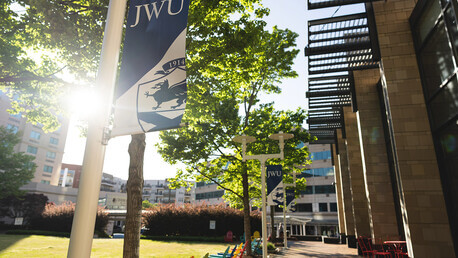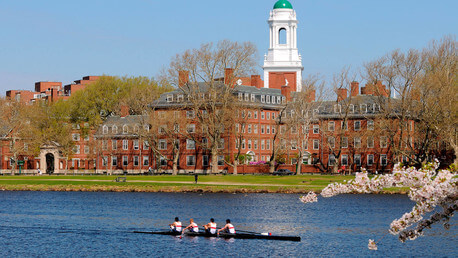


Culinary Institute of America
Overview
Founded in 1946, The Culinary Institute of America is a private, not-for-profit, Middle-States-accredited college offering food- and hospitality-focused associate, bachelor’s, and master’s degree programs. At the CIA’s main campus in New York, as well as at the branch campuses in California and Texas, students get experiential learning through 1,300 hours of hands-on instruction in its kitchens, bakeshops, and on-campus restaurants, along with an internship at one of 2,000+ CIA-approved properties. CIA students can customize their education to fit their interests with a variety of academic concentrations and study abroad opportunities. As graduates, they join the CIA’s 50,000+ alumni network, which includes industry leaders.
Tuition, Cost & Aid
Affordability & Cost
Discover how military service can help you pay for college
Explore Military Pathways| In-State Tuition In-state tuition is the tuition charged by institutions to those students who meet the state's or institution's residency requirements. In-district tuition is the tuition charged by the institution to those students residing in the locality in which they attend school and may be a lower rate than in-state tuition if offered by the institution. | $37,240 |
| Out-of-State Tuition Out-of-state tuition is the tuition charged by institutions to those students who do not meet the state’s or institution’s residency requirements. Out-of-district tuition is the tuition charged by the institution to those students not residing in the locality in which they attend school. | $37,240 |
Room and Board The weighted average for room and board and other expenses is generated as follows:
| $13,680 |
| Books and Supplies | $1000 |
Aid & Grants
Student Loans
Admissions
Key Admissions Stats
- Not for Profit
- Coed
Need Blind
This school does not consider an applicant’s financial situation when deciding admission
Admissions Requirements
Important Deadlines
| Application Type | Application Deadline | Reply Deadline |
|---|---|---|
| Early Action Acceptance is not binding, but student will receive admissions decision earlier. | November 15 |
Admitted Student Stats
Admissions Resources
Academics
Key Academic Stats
- Online Classes
- Online Undergrad Degrees
- Some Programs Requires Co-Op/Internship
- Study Abroad
Degrees and Majors
Majors
| A B M D | |
|---|---|
| BUSINESS, MANAGEMENT, MARKETING, AND RELATED SUPPORT SERVICES | |
| CULINARY, ENTERTAINMENT, AND PERSONAL SERVICES | |
| MULTI/INTERDISCIPLINARY STUDIES |
Faculty Overview
Campus Life
Key Campus Stats
Housing
Athletics
- Basketball
- Cross Country
- Soccer
- Tennis
- Tennis
- Track and Field
- Volleyball
Campus Safety
After Graduation
Post Grad Stats
REVIEWS
Read What Students Are SayingThere is also an 18 week externship where the students will apply for jobs in the industry and work. This allows the students to experience the industry and show them how its works, the process of applying to a job, network, and ultimately hone their skills in the kitchen.
Although we take a plenitude of classes, we complete them in a shorter amount of time, which can lead to students unable to grasp the knowledge needed to pass.
It's only teaches culinary and baking and pastry.
Its student graduates are well trained and many are celebrity chefs.
Everything you want to know about the school is online, even virtual maps of campus.
it have a wonderful facilities.
they could offer a worth it study in there school.
Similar Colleges
 Providence, RI
Providence, RI Charlotte, NC
Charlotte, NC Chicago, IL
Chicago, IL Cambridge, MA
Cambridge, MA Ithaca, NY
Ithaca, NY New York, NY
New York, NY Paul Smiths, NY
Paul Smiths, NY